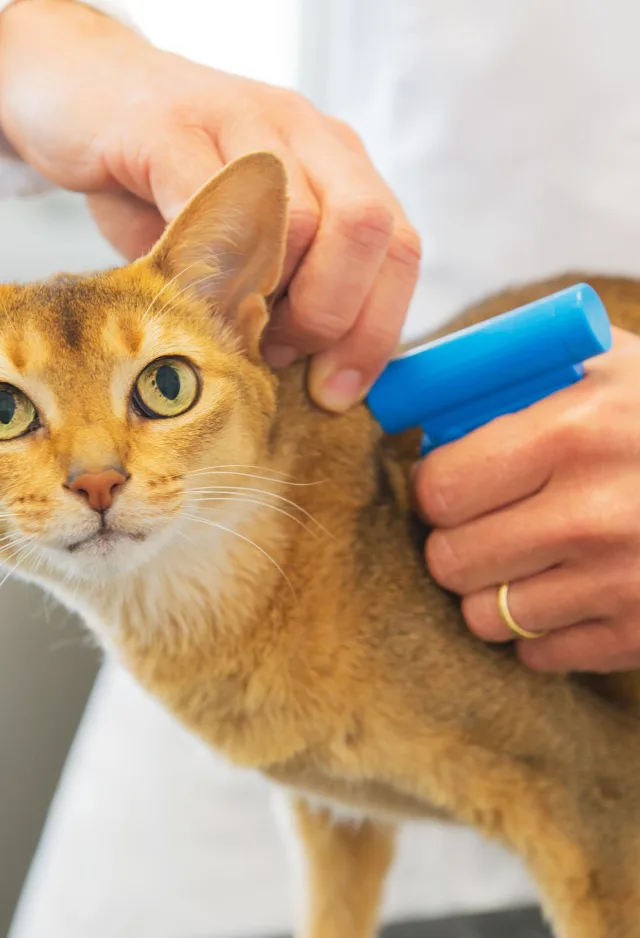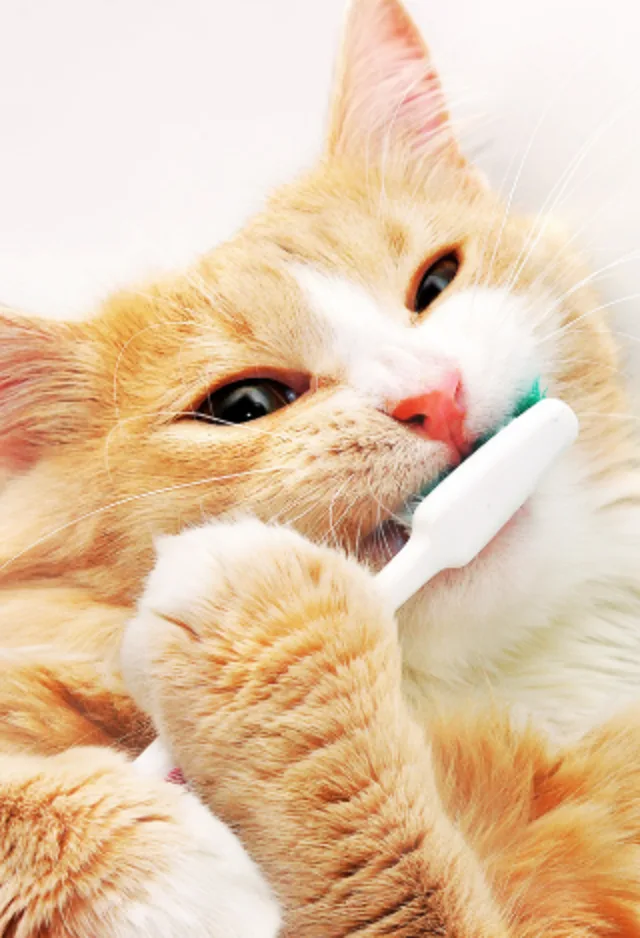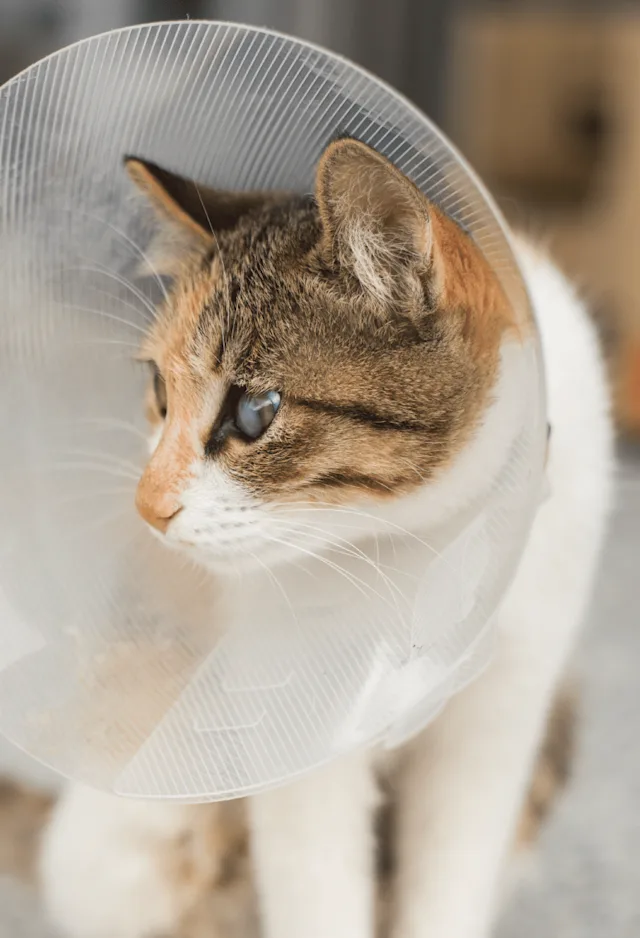Southside Animal Hospital


Regular Business Hours
Monday - Friday: 8 am - 6 pm*
Emergency & Urgent Care Hours
Saturday, Sunday, and Holidays: 8 am - 6 pm
*We still accept walk-ins during regular business hours M-F.

Family-Oriented Pet Care
Southside Animal Hospital is a family-oriented full-service veterinary hospital. From the family-like relationship of the staff members to how we treat your furry (and scaly or feathered) family member, we strive to create a welcoming environment from the moment you walk through the front door.
The Southside Animal Hospital family cares for your pet as if they were our own, and patient care truly is our highest priority with every animal we see. We want every patient to have the highest possible quality of life for as long as possible.
Client Reviews & Testimonials
Our staff at Southside Animal Hospital values feedback from our clients. Here is just a small sample of the hundreds of happy and healthy pets that we have cared for over 40 years.






